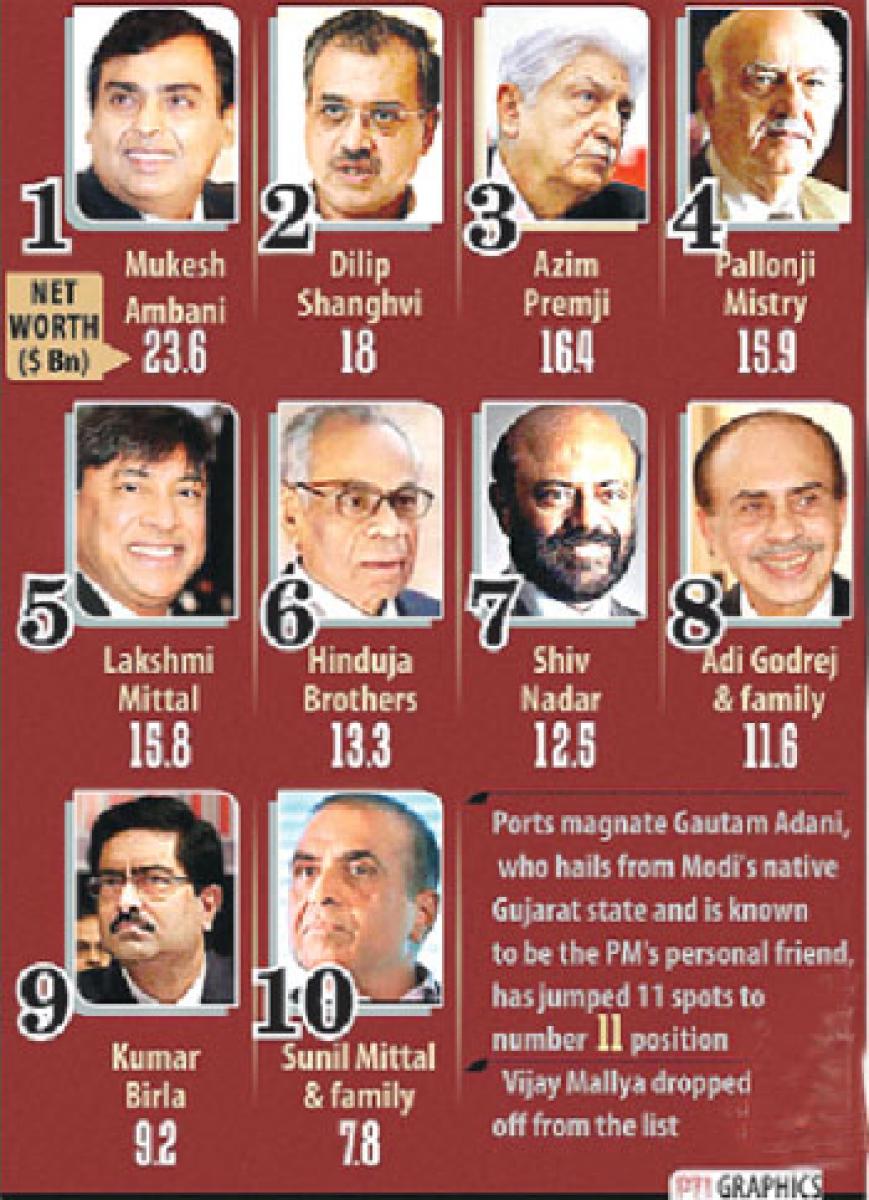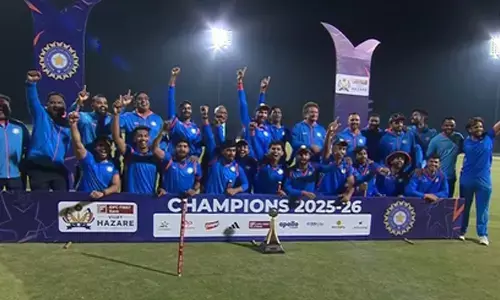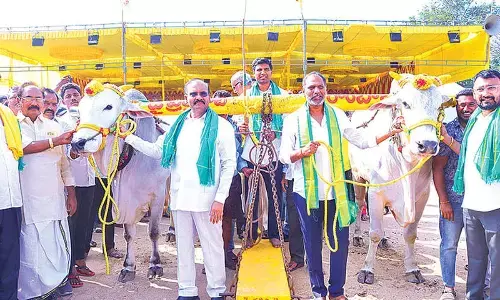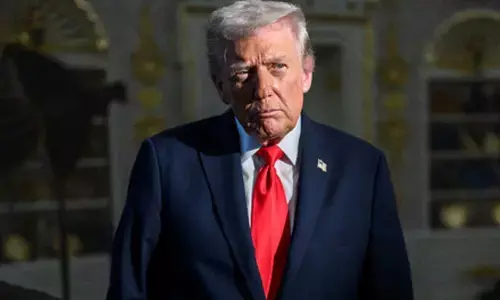Indian wealth trickling up

How many of us know that today, the wealth of 100 richest Indians is more than the combined wealth of the bottom 70% of India’s population or 87 crore Indians? Among them, Mukesh Ambani – the richest man in India – owns more wealth than 25 crore people at the bottom (bottom 20%). These two startling facts are enough to show us how skewed India’s wealth distribution is.
1 % mop up nation’s 53 % wealth
How many of us know that today, the wealth of 100 richest Indians is more than the combined wealth of the bottom 70% of India’s population or 87 crore Indians? Among them, Mukesh Ambani – the richest man in India – owns more wealth than 25 crore people at the bottom (bottom 20%). These two startling facts are enough to show us how skewed India’s wealth distribution is.
According to the recently released Credit Suisse Global Wealth Report (2015), the top 1% of India’s population, own more than half of the country’s wealth. This is the first time in the history of independent India, this has happened.
The top 1%’s share in the total wealth in 2015 is 53%, up from the 49% in the year 2014, an increase of 4%. A glance at the data of previous years shows that with each passing year the top 1%, is grabbing more and more, the wealth share of the bottom 99%.
If we look at the past 15 years, between 2000 and 2015, the share of the top 1% in total wealth of the country has increased from 38% to 53%, while the share of every other group has declined. The wealth share of the immediate 9% of the population that lies just below the top 1%, fell from 29% to 23% and the share of the bottom 90% of the population plummeted from 33% to 24%.
Growth for the rich
The data shows clearly that India’s economic growth of the last 15 years has largely benefitted the richest 1% at the expense of everybody else.
A total wealth of $ 2.3 trillion was created in the Indian economy between the years 2000 and 2015. Out of this newly created wealth, the top 1% appropriated 61% ($1.4 trillion), while the next 9% got 21% share ($ 0.5 trillion). The bottom 90% of the population was left with only 18% ($0.4 trillion) of this new wealth.
India’s super rich
Even among the top 1% which is about 1.25 crore people (India’s population is 125 crore), it is really a handful at the top that benefitted from the growth. The top 0.2% of the India’ population, ie, ‘one fifth of the top 1%’, own more than 40% of the country’s wealth.
Myth of the middle class
The Credit Suisse data also questions the myth of India’s large and thriving middle class. Credit Suisse has defined the middle class as those who have a net worth between Rs 8.5 lakh and Rs 85 lakh (approximately).
The report places a meagre 3% of India’s population in this class, ie, only 3.75 crore people out of 125 crore Indian population belongs to the middle class. Those who have more than Rs 85 lakh in net worth are defined as rich.
These two categories – middle class and the rich - together constitute just 3.2% of the total population, leaving almost 97% of the population below the middle class. It is obvious that the policy path followed by successive Indian governments has contributed to growing inequalities.
With the rate at which the top 1% has been eating up the wealth pie - an increase of one percentage point every year - in another 12 years, their share in India’s wealth is likely to go up to 75%. What we are seeing is actually a trickle up effect, while it is being sold to the people as ‘trickle down’.















